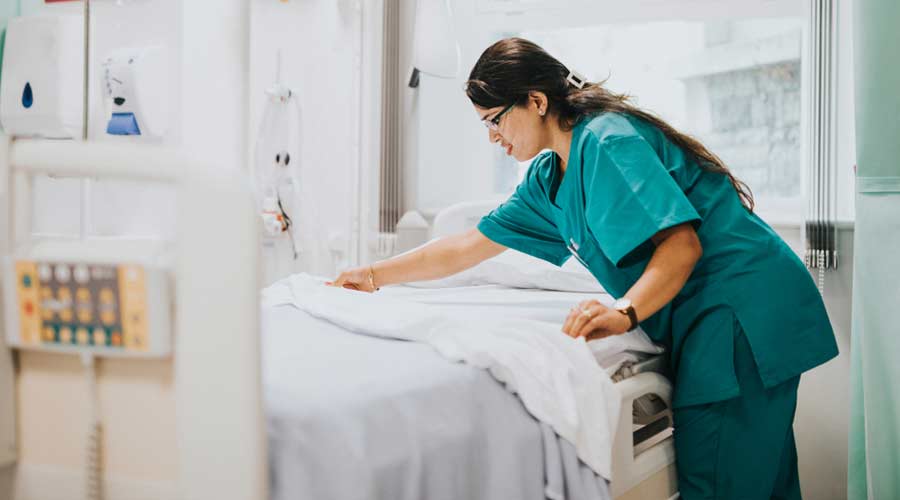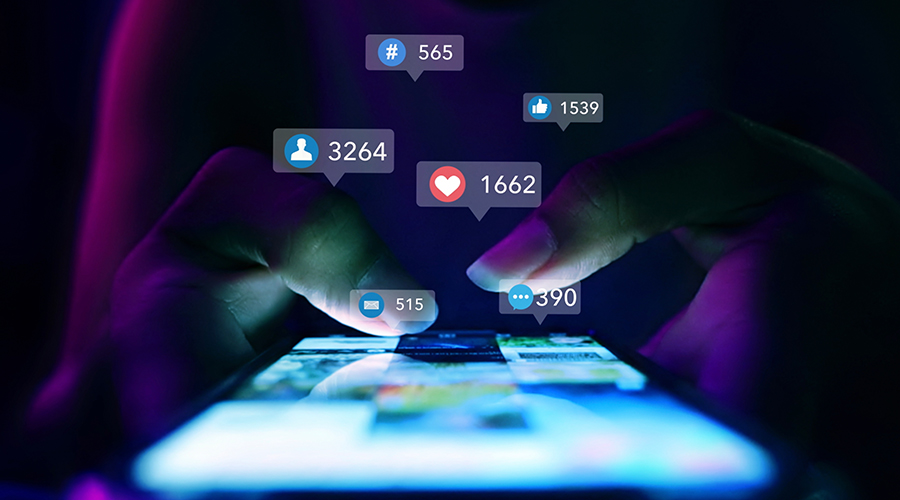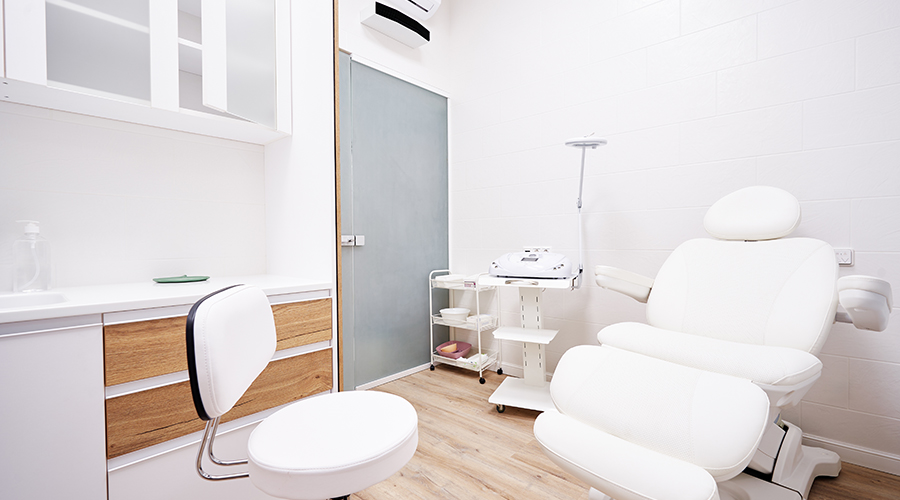Healthcare facilities managers have leaned many lessons learned throughout the COVID-19 pandemic, but the hardest lesson might be the need to be flexible when facing an unknown future. With the pandemic continuing for the foreseeable future, it is essential that managers partner with design professionals in order to better elevate their level of care and help prepare for the unexpected. Josh Domingo, senior health planner and architect with HDR, discusses how architects can provide order to an ever-changing industry in his presentation during the Healthcare Facilities Summit: Maintaining Health and Safety in Healthcare Facilities on May 25. Healthcare Facilities Today spoke with Domingo ahead of his presentation on how facilities can better design flexibility within their operations.
HFT: Why is it important that healthcare facilities remain flexible and adaptable when it comes to the design process?
Domingo: The design process is certainly a fluid one. Knowing that many projects can extend over a longer period of time, it’s important for facilities to understand that certain aspects may need to change or evolve. Whether it’s a turnover of staff during the design phase or changing economic aspects, the facilities need to be able to adapt to changes that may affect the design.
HFT: How can facilities better collaborate with designers in order to elevate their operations?
Domingo: The collaboration process needs to happen early on in the design process. The earlier the nursing team, physicians and service line leaders can be in the room together, the better. Not only does this allow the designer to build rapport with them early. It also allows for an early, better understanding of their needs and how things can be improved upon in their new facility.
HFT: What are some best practices that designers should follow when working on healthcare facilities?
Domingo: Certainly that built-in flexibility. No facility knows what the future is going to look like, whether it’s a change in acuity level, innovated technology or simply growth, having built in components that set a facility up for growth is paramount. Others include ensuring that staff has a place for respite and providing them with proper amenities, providing families with a place to get away and thinking about patient satisfaction in regard to control of their environment, sound attenuation, fall prevention and infection control.
HFT: How do designers and architects plan for the unpredictability that a healthcare facility brings? What is the best way to plan for resiliency within the building?
Domingo: Planning around modules that can easily be replicated and building in soft spaces that could be converted to more clinical needs in the future are two ways to plan for growth success in the future. Also, recently with the COVID pandemic, we saw that many facilities were not equipped to handle a surge in patients and handle higher acuity levels within that surge. So planning early for areas for holding multiple patients and knowing it may have an effect on mechanical systems is also important.
Mackenna Moralez is assistant editor with Healthcare Facilities Today.

 Social Media Driving Rise in Trade Jobs
Social Media Driving Rise in Trade Jobs North Carolina Children's Receives $25M Gift from Coca-Cola Consolidated
North Carolina Children's Receives $25M Gift from Coca-Cola Consolidated Swinerton Breaks Ground on $5.5M Medical Office Building in North Carolina
Swinerton Breaks Ground on $5.5M Medical Office Building in North Carolina Rethinking Strategies for Construction Success
Rethinking Strategies for Construction Success From Touchless to Total Performance: Healthcare Restroom Design Redefined
From Touchless to Total Performance: Healthcare Restroom Design Redefined